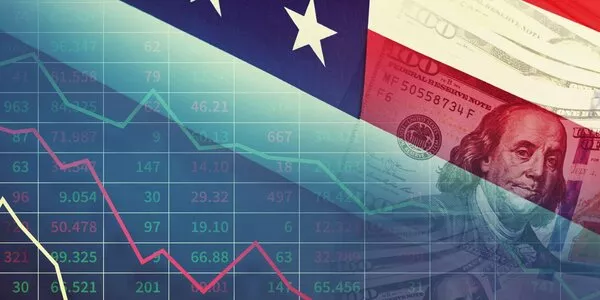
Weekly Update - Central banks raise policy rates, market rates fall in response
The world's three leading central banks once again hiked their policy rates this week. While the moves were widely expected, recent data on economic activity and inflation clearly left financial markets feeling central banks could not sustain these policies over the long term. They therefore priced in steeper cuts in policy rates in the next few quarters, which meant longer term rates will actually be lower. However, there are major risks that could derail these scenarios.
Rate tightening is nearing its end. The Federal Reserve raised its policy rate by a quarter point and could add another quarter point at its next meeting. Meanwhile, the European Central Bank and Bank of England hiked rates half a point and have already said they are planning a further half-point rise. So, central banks continue to tighten policy amid ongoing high global inflation. Financial markets are now discounting a looming end to policy tightening followed by a fairly quick easing.
Economy slowing and inflation heading for a fall. Financial markets have spotted that economic activity is continuing to lose steam early in the year or staying weak, shrinking visibly in some countries (United Kingdom) and sectors (service sectors and property markets). Past inflation and tighter monetary policy are still taking a toll on demand. At the same time, energy prices have fallen, which should help bring down inflation quickly on both shores of the Atlantic. In the United States, core inflation (stripping out food and energy prices) has started to dip, though it continues to rise on Europe. All of which has led markets to price in sharper cuts in bank rates over the next few quarters. They now expect the Fed to cut rates by 75 points before year-end, with the Bank of England and ECB following close behind.
Still cautious. However, it seems too soon to call such a policy loosening. First, the economy could well hold up better than markets seem to expect. Healthy jobs markets, falling European energy prices and China reopening are all support factors for the world's economies. Also, while headline inflation looks set to come down, price pressures continue to ripple through the economy, notably via salaries, sustaining major underlying inflation pressures. Central banks will likely stick to their hawkish tone until sure that underlying inflation can be brought back to near target. And the decline in long yields seen in recent days, actually only an intensification of a trend apparent for weeks now, is only one more reason to remain vigilant. Lower yields could hamper the transmission of monetary policy to the real economy, raising the risk that past policy tightening will be less effective in curtailing inflation
Finally, in the main events of the week, we have chosen to talk about the tightening of credit standards in the Eurozone and to focus on the US employment figures.




